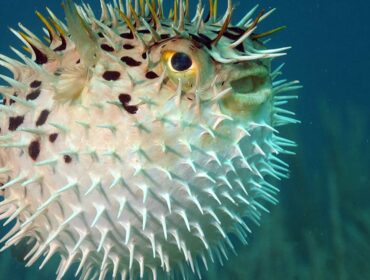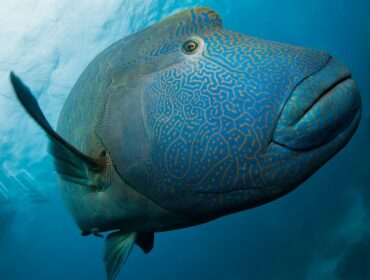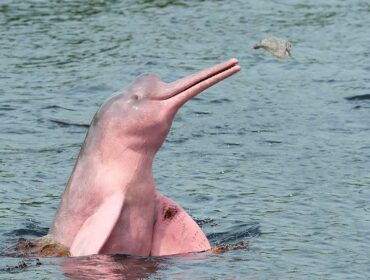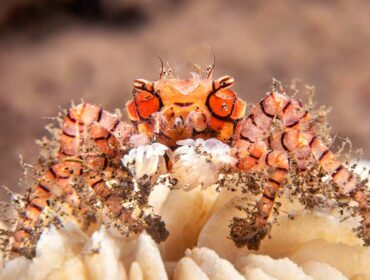Polychaete worms are common in the world’s oceans and frequently encountered by divers. At many thousand species strong, they are found in all shapes, colors, and sizes. Also known as “bristle worms”, polychaete worms have long segmented bodies with paddle-like bristles on each segment. Chances are good that most divers have seen and admired these beautiful creatures without realizing they are worms and not corals or plants. Check out these five particularly beautiful polychaete worms that live and breathe deep beneath the ocean’s surface.
Christmas Tree Worm
Christmas tree worms are one type of polychaete found in tropical oceans throughout the world. They have unique, multicolored spiral structures that serve as tentacle-like appendages that assist with respiration as well as capture food and move it to the worm’s mouth. Typically found burrowed into pieces of live coral, these worms will retract into their burrow when frightened. They tend to be very small, averaging only about 1.5 inches in length.
Coco Worm
The coco worm averages about 5-8 inches, but may be bent into all types of shapes. At the end of its body is a colorful crown that filters plankton from the water. When threatened, this polychaete can retract the crown and close the top of the tube to protect itself.
Feather Duster Worm
Feather dusters are polychaete worms with fan-like feathers that conceal the head. The “feathers” of this species look visually stunning when coupled with movement from the gentle underwater currents. Unfortunately, they are quite fragile and will shed their feathers if frightened or threatened.
Bearded Fireworm
Serving a firm reminder to “look but don’t touch” while diving is the Bearded Fireworm. At about 4-6 inches in length and looking like a fuzzy caterpillar, this bright polychaete is definitely noticeable. If touched, it packs a potent sting!
Giant Tube Worm
Living at some of the greatest depths of the ocean, the giant tube worm or “riftia pachyptila” grows to over 7 feet long. Spending its entire life in the darkness, it has bright red plumes to capture essential nutrients. These particular polychaete worms certainly won’t be seen during a dive, but photographs show them to be particularly stunning.





